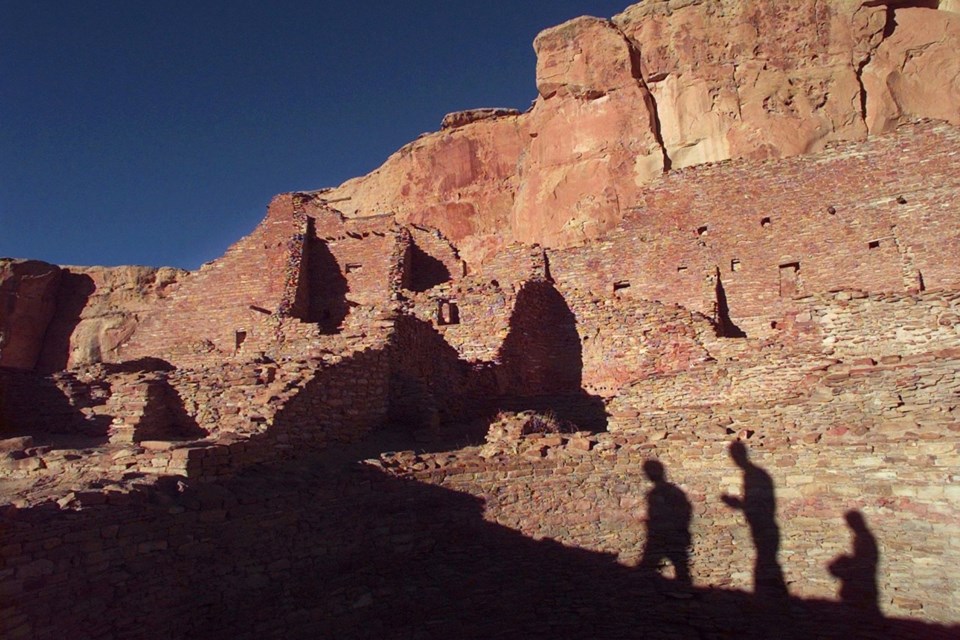For the first time, a federally recognized Indigenous tribe in the U.S. has led research using DNA to show their .
The Picuris Pueblo, a sovereign nation in New Mexico, has oral histories and cultural traditions that link the tribe to the region of , one of the ancient centers of Pueblo culture and society.
“We’ve been telling our stories as long as time immemorial,” said Picuris Lt. Gov. Craig Quanchello. But he said those traditions were often "overlooked and erased."
As members of the Picuris Pueblo seek a greater voice in shaping decisions about the , where debates about oil and gas drilling loom, leaders including Quanchello decided that using DNA sequencing to complement or corroborate their oral histories could be a useful tool. The group began a collaboration with an international team of geneticists.
"The DNA could help us protect" our heritage, he said. "Now we can say, ‘This is ours, we need to protect it.’"
The findings, published Thursday , show close links between the genomes of 13 current members of Picuris and ancient DNA recovered from 16 Picuris individuals who lived between 1300 A.D. and 1500 A.D. in or near Chaco Canyon.
“The results show a strong relationship between ancient and present-day Picuris,” said co-author Thomaz Pinotti, a geneticist at the University of Copenhagen.
The genetic analysis was led by the Picuris. The researchers said this model of collaboration contrasts with a long history of archaeologists and geneticists seizing and studying artifacts and remains without the consent of Indigenous groups.
“It wasn’t an easy decision” to begin the collaboration with scientists, said co-author and Picuris Gov. Wayne Yazza. “This is life-changing data.”
There are 19 Pueblo tribes in New Mexico. The new study does not refute the historic connections of other tribes to Chaco Canyon.
Chaco Culture National Historical Park is a UNESCO World Heritage site managed by the U.S. National Park Service. It is famous for sweeping desert vistas and for monumental sandstone structures — including multistory homes and ceremonial structures — built by ancestral Pueblos.
“It’s super important that we don’t talk about Chaco in the category of ‘lost civilizations,’ like the Egyptian pyramids or Stonehenge,” said Paul Reed, a preservation archaeologist at Archaeology Southwest, who was not involved in the study. That notion "is particularly damaging in this instance because it disenfranchises the Pueblo people who live all around the canyon to this day.”
Brian Vallo, a member of the Acoma Pueblo who leads the Chaco Heritage Tribal Association, said a current concern revolves around drilling and mining permits on federal land adjacent to the park, which also impact the environment within the canyon.
“We have these close connections because our ancestors migrated and built these places –- they remain central to the preservation of our own Indigenous culture,” said Vallo, who was not part of the research.
___
The Associated Press Health and Science Department receives support from the Howard Hughes Medical Institute’s Science and Educational Media Group and the Robert Wood Johnson Foundation. The AP is solely responsible for all content.
Christina Larson, The Associated Press



